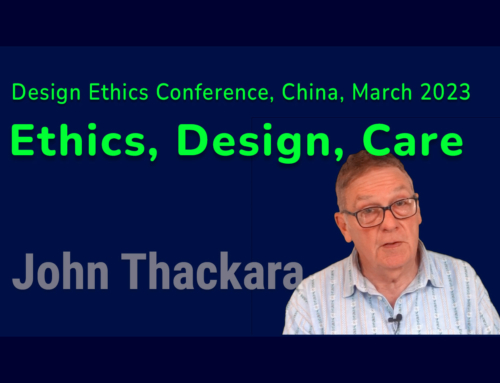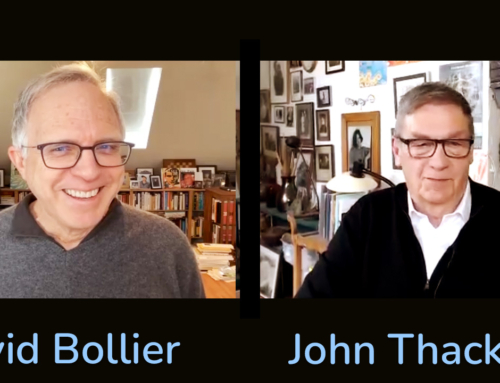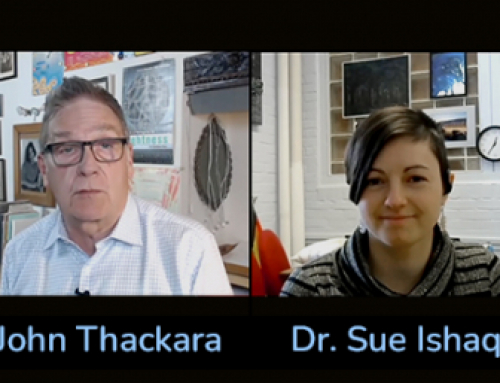(A chapter about i-cubed for If/Then).
In thermodynamics it is called entropy when a system becomes disengaged from its context, and runs out of energy. Entropy afflicts a lot of design ‘research’ today. Even though the world is changing in profound and exciting ways, a generation of young designers is missing out on meaningful interaction with industry and society. Too many of their design schools and professional organisations are more interested in protecting professional turf than in exploring new challenges in the world at large.
The industrial research situation is not much better. Some $160 billion is spent each year on research and development by companies and governments in industrialised countries – but less than five per cent, by some estimates, ends up as a product or service that someone can buy. The reason is the same as for design: research is disengaged from its context. The majority of industrial research and development (R&D) is driven by a frantic scampering after technological Holy Grails – not by an exploration of changing social needs.
People are social
This is where i3 comes in. i3, which stands for Intelligent Information Interfaces, seeks new ways to enhance communication and information exchange among people in their everyday lives. i3 is a next-generation research and innovation programme, funded by the long-term Research division of Esprit, the European Commission’s telematics programme, and by European industry. Launched in Autumn 1997, i3 consisted by the beginning of 1999 of seventy million ecus ($60m) of research involving 300 researchers, and more than 100 organisations, in 15 European countries. This unique network includes big telecommunication companies, small manufacturing enterprises, important national universities, media centres, and design research organisations. (The Netherlands Design Institute is managing two i3 projects – Presence, and Maypole – which are featured on page xx).
New tools, new markets
What, you may ask, do they all do? In short, i3 develops scenarios and pilot projects that concern new services in travel, education, entertainment, news and information, health care, social interaction, and trade – all of them markets being transformed by information technology. From play and learning in childhood, through new forms of work as adults, to self-help in old-age, tremendous opportunities are opening up for new forms of technologically-enhanced communication and community. The role of i3 is to help companies and other organisations exploit these opportunities – and to develop new innovation techniques so that they may continue to do so.
i3 projects are currently grouped in three clusters: Connected Community, Inhabited Information Spaces, Experimental School Environments. Connected Community projects explore the situated use of information by communities of ordinary people; future service and technologies to enhance social interaction; devices to help children and adults stay in contact. Inhabited Information Spaces projects examine new ways to embody information, and to support virtual communities; new ways of managing access to online resources; new forms of interactive television; new forms of community participation. Experimental School Environments investigates learning environments of the future for four to eight-year-old children – and their teachers and parents; visualisation of ecological processes; sound and gesture interfaces.
New interaction paradigms
i3 projects move beyond the conventional thinking on interaction design exhibited in today’s consumer electronic products and personal computers. Among the novel interaction scenarios for devices and media already emerging from i3 projects:
∑ new forms of social communication in homes, museums, streets, cafés, cars, schools
∑ broadcast television linked to interactive local content
∑ new sensorial tools for children to tell stories and share experiences
∑ wireless devices to connect children and parents
∑ wearable agents; interest-based physical navigation devices
∑ public information systems around the city
∑ techniques to map and visualise information flows in a community
∑ interfaces for specific users – elderly, children, computer novices
∑ avatar-inhabited television
∑ way-finding, exploration and social interaction within information spaces
∑ new forms of social interaction such as collective memories, oral/digital storytelling
Real-time, real world
Industrial members of i3 are encouraged to see their consortium as an extension of their in-house research and development – and so far, the response from companies taking part has been very positive. The reason for this is that in i3, know-how is given as much emphasis as know what – and the network emphasises the rapid uptake of ideas, concepts and innovation processes. The thinking is that ideas should be exploited as close to real-time as possible – not, as in traditional academic research, at the end of an endlessly long publishing process. (Academic papers can take three years to see the light of day; in i3, three months is the normal time horizon).
Finding unexpected new partners has proved to be an extra benefit for companies in i3. This has prompted the founders of i3 to think about broadening the range and mix of companies involved. During 1999, a new entity will be created for research and marketing managers in large corporations; visionaries developing new business concepts and alliances; entrepreneurs from dynamic small enterprises; and modernising managers from the public sector. These new industrial members will be offered rapid access to i3 research results, and to the innovation processes by which these results are achieved. Value will be added further by the exploration, in collaboration with Europe’s leading business schools, of business scenarios and new value chains to test the commercial potential of interesting service concepts as they emerge.
The research agenda of the enlarged i3 will be a series of thematic domains rather than a list of projects. Identifying research topics, and enhancing innovation methodologies, is a learning process in itself. Different streams of work will interact: scanning for new technology; the development of blue-sky concepts by designers; explorations of new media by artists; proposals for new services and infrastructures by citizens; business scenarios developed by managers; research observations made by social scientists.
i3derives tremendous energy from Europe’s cultural diversity, with creative people, companies, and communities, beginning to work together in novel ways. i3 now includes interactive system and technology developers; interaction and product designers outlining new concepts; interactive media artists developing new media forms; human and social scientists achieving new insight into the relationship between users and technology. An extended research network will be based on a human-oriented vision of the potential of information technology and, if things go well, foster the emergence of a new innovation culture.
END




